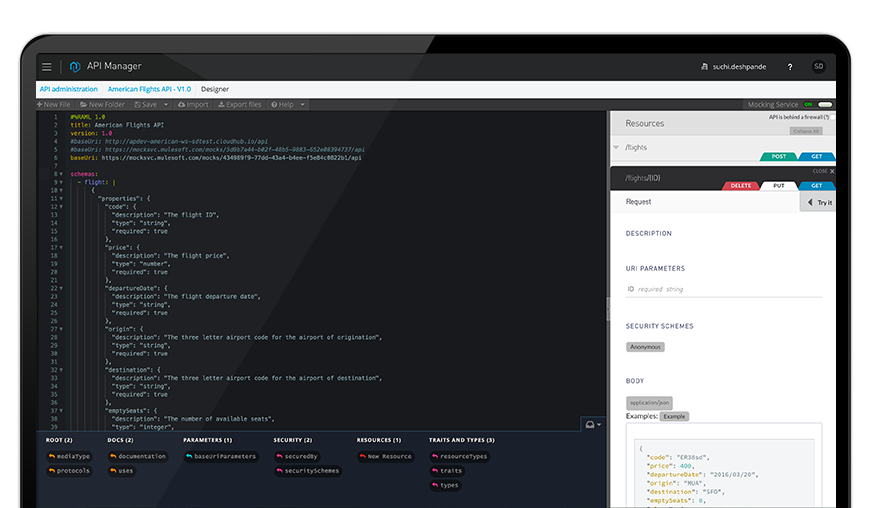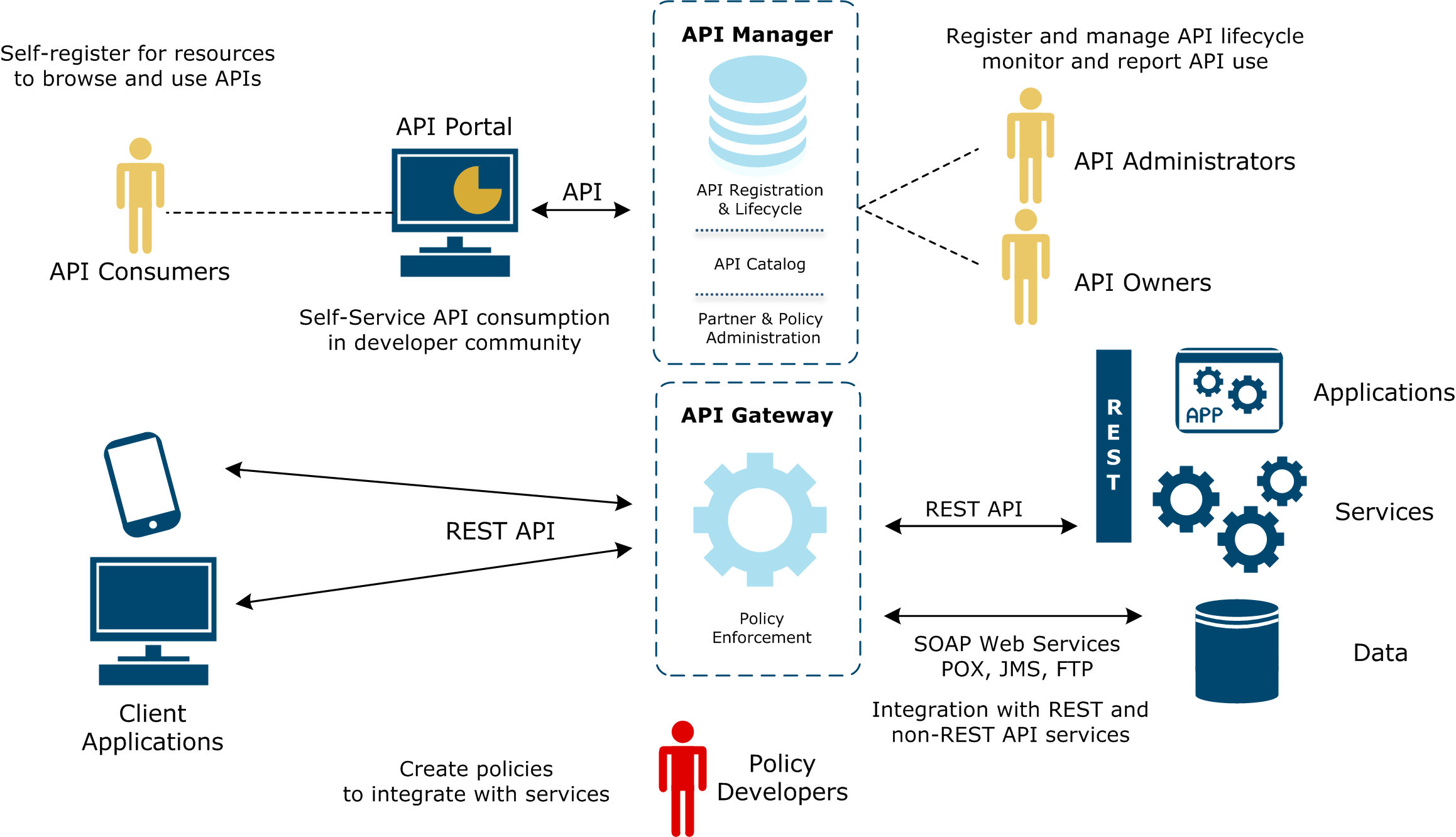Table Of Content

Any company that thinks otherwise is not taking advantage of the full potential of what an API can do. As your products and services evolve, so should your API. Having a clear design helps your organization and team know exactly which resource, or sub-resources, would need to be updated, preventing confusion and chaos.. The bigger the API is, the harder it can be to manage it. A well designed API can prevent repeating work and help developers know exactly which resources would need to be updated and which ones should be retired.
Aloa is your trusted software development partner.
We can add caching to return data from the local memory cache instead of querying the database to get the data every time we want to retrieve some data that users request. The good thing about caching is that users can get data faster. This may also lead to issues when debugging in production environments when something goes wrong as we keep seeing old data. They may output an API spec from code, which sounds efficient. Unfortunately, by the time you’ve built an API in code, you’ve lost out on a lot of the advantages of a design-first approach. When your API design exists before the implementation, you can get early feedback, connect your API to tools from the start, and collaborate across departments and functions.
State of the API: Lack of API Design Skills a Key Problem - The New Stack
State of the API: Lack of API Design Skills a Key Problem.
Posted: Fri, 19 Aug 2022 07:00:00 GMT [source]
Step 2: Define the API contract with a specification
First of all, I want to make sure you know that we are focused in our core business, which is EDA and IP. And yes, I launched this whole initiative on systems and it's super critical, chips silicon to systems. But what is one thing that I even mentioned last time, what is different from 2018 to now is that EDA and IP is much more valuable to the industry. Our core business itself has become much more valuable because of AI, okay? Now, along with that, we have done, like you mentioned, some opportunistic M&A, which is usually, I would like to say, is the tuck-in M&A in the past.
When REST API design goes from helpful to harmful - TechTarget
When REST API design goes from helpful to harmful.
Posted: Mon, 13 Feb 2023 08:00:00 GMT [source]
Differences between OpenAPI 2.0 and 3.0

Versioning is usually done with /v1/, /v2/, etc. added at the start of the API path. If you are using caching, you should also include Cache-Control information in your headers. This will help users effectively use your caching system. If we choose to group users into a few roles, then the roles should have the permissions that cover all they need and no more. If we have more granular permissions for each feature that users have access to, then we have to make sure that admins can add and remove those features from each user accordingly. Also, we need to add some preset roles that can be applied to a group users so that we don’t have to do that for every user manually.
POST /principles
This clarity is a guiding framework, steering the development process in a focused and purposeful direction. Designing an API is a crucial step for developers aiming to ensure their applications interact seamlessly with other software. A well-designed API facilitates efficient communication between different software components, enhancing the user experience and operational efficiency.
Collections, Resources, and their URLs
So, it's our job to implement a good and precise documentation. There are some great tools out there that make our lives easier. The first and absolute must have is to use SSL/TLS because it's a standard nowadays for communications on the internet. It's even more important for API's where private data is send between the client and our API. There's one important thing I'd like to note here when it comes to caching.
These rich APIs will enable what I call networked design systems. A design API needs rules around what kinds of requests can be made. Is it read only, or can a user update design information via the API, too?
Rails is therefore an appropriate choice for developers of all levels and is suitable for a wide range of applications and APIs. Design systems have become an essential tool for fast-paced application development teams. A good design system provides some of the documentation developers need in order to get information about what they are building. An API abstracts some of a program’s functionality; a design system abstracts some of the design process.
Let's go one layer deeper into our workout service and see what potential errors might occur. A developer who is consuming the API is now better informed about what to look for. They immediately know to go inside the request body and see if they've missed providing one of the required properties. In our Crossfit API we will take a look at the creation endpoint and see what errors might arise and how we can handle them. At the end of this tip you'll find again the complete implementation for the other endpoints. For example, returning something like "The username is already signed up" should be well thought out because you're providing information about your users that you should really hide.
You should then define the API's contract with a specification, validate your assumptions with mocks and tests, and clearly document every resource, method, parameter, and path. It's also important to collaborate with other stakeholders throughout the entire process. Well, the guide -- we've derisk guide on the assumption that many customers might wait. But to the extent the customers wait, it will shift some hardware revenue into the second half of the year.
But API practitioners wanted to move the OpenAPI specification forward with OpenAPI v3, with its latest release being 3.1 in 2021. Suppose you are creating an API that sends you the data of a particular user. Updates to the original values require a completely different set of tools than downloading and using the tokens themselves. This division of labor requires more contributors, leading to the kinds of dedicated teams we see publishing and maintaining design systems today. Some design systems, like Lightning or Shopify’s Polaris, have pioneered the use of design tokens. Design tokens are structured values in a machine-readable file, similar to the response you’d expect from a design API.
We have to take into account security, performance, and ease of use for API consumers. Notice the data types and an example described in each response item an end user can expect from a successful GET call. The successful response an end user would receive in JSON would look as follows. Before developers and architects used a description document to help them design APIs, documentation was the biggest use case.
That’s why this API design guide assists in supporting good design throughout your API creation process; good API design leads to better overall APIs. Just like website design or product design, API design informs the user experience. Good API design principles meet initial expectations and continue to behave consistently and predictably.
And normally, with hardware, I don't like taking up the year for hardware until I see the pipeline in the summer. But generally, on the hardware side, yes, we're basically preparing for scale. We'll trying to build -- we'll build those systems as quickly as possible. Let’s select improve with AI for this Divi Layouts AI guide. A dialog box will appear, allowing you to choose the content type (1), what you’re writing about (2), and whether you want Divi AI to apply added context from the page’s content (3).
Interactive documentation means that consumers can test requests against your API, supply their own inputs and see the response inline. The industry has selected OpenAPI as the way forward, so let’s understand it and explore what OpenAPI includes in our OpenAPI design guide. From a technical standpoint, it is a YAML or JSON file that follows a specific document structure. You should be able to describe any REST API using a document that adheres to the OpenAPI v3 schema. API design is the collection of planning and architectural decisions you make when building an API. Your basic API design influences how well developers are able to consume it and even how they use it.

No comments:
Post a Comment